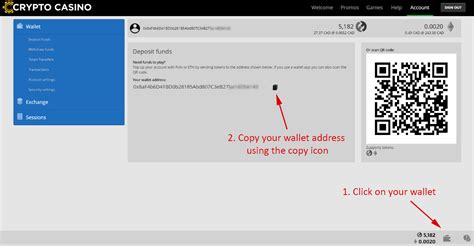Wallet address, Liquidity Mining, Continuation Pattern
Februari 14, 2025 | by Gusri Efendi

“Cryptocurrency Wallets: Uncovering the Secrets of Liquidity Mining and Continuation Models”
There are few concepts in the cryptocurrency world as intriguing as cryptocurrency, wallet addresses, liquidity mining, and continuation models. These seemingly unrelated terms have become staples of the crypto community, and understanding their intricacies can provide valuable insight into the workings of this rapidly evolving field.
Crypto: The Mysterious Key to Cryptocurrency
Cryptocurrencies, such as Bitcoin (BTC), Ethereum (ETH), and Litecoin (LTC), are digital or virtual currencies that use cryptography to secure financial transactions. Unlike traditional fiat currencies, cryptocurrencies operate on decentralized networks, where transactions are recorded on a public ledger called the blockchain. The unique nature of cryptocurrency makes it an attractive platform for speculation, investment, and trading.
Wallet Addresses: The Address Book of Your Cryptocurrency Portfolio
A wallet address is a unique identifier assigned to your cryptocurrency portfolio. It serves as the key to unlocking your digital assets, allowing you to send, receive, or transfer cryptocurrencies between users. Wallet addresses are typically 42 (or more) characters long and are usually represented in hexadecimal format. When creating a new wallet, users are required to decide on a username, password, and other security measures to protect their account.
Liquidity Mining: The Art of Providing Market Liquidity

Liquidity mining is the process that allows cryptocurrency exchanges and market makers to provide liquidity to the markets in which they operate. By maintaining a large number of wallet addresses and actively participating in the supply chain, these entities create a network effect that increases the total value of their assets. Essentially, liquidity mining allows users to access a wider range of cryptocurrencies, contributing to greater market volatility.
CV Example: A Unique Cryptocurrency Reward Algorithm
Continuation models refer to a specific algorithm used by some cryptocurrency exchanges and platforms to reward users who are in or participate in their ecosystem. This algorithm typically involves creating a new token or asset based on existing tokens, allowing holders to benefit from increased market value. Some notable examples of CV formats include:
- Binance Coin (BNB) Rewards: Binance rewards its users with BNB tokens for participating in the platform’s liquidity mining and trading activities.
- SushiSwap Continuation Model: SushiSwap, a popular decentralized exchange, has implemented a continuation model to reward its users by creating new tokens based on existing ones.
Uncovering the Secrets of Liquidity Acquisition and Continuation Models
By understanding cryptocurrency concepts, wallet addresses, liquidity acquisition, and continuation models, you can gain valuable insight into how this rapidly evolving field works. To get started:
- Get to know the basics of cryptocurrency, including wallets, transactions, and exchanges.
- Learn about the different types of cryptocurrencies, such as tokens and smart contracts.
- Understand how liquidity acquisition works and its impact on market volatility.
- Explore continuation models and their application in cryptocurrency.
By delving into these concepts, you will gain a deeper understanding of the complex relationship between cryptocurrency wallets, liquidity acquisition, and continuation models. This knowledge will allow you to make informed decisions about your cryptocurrency investments and trading strategies.
RELATED POSTS
View all
